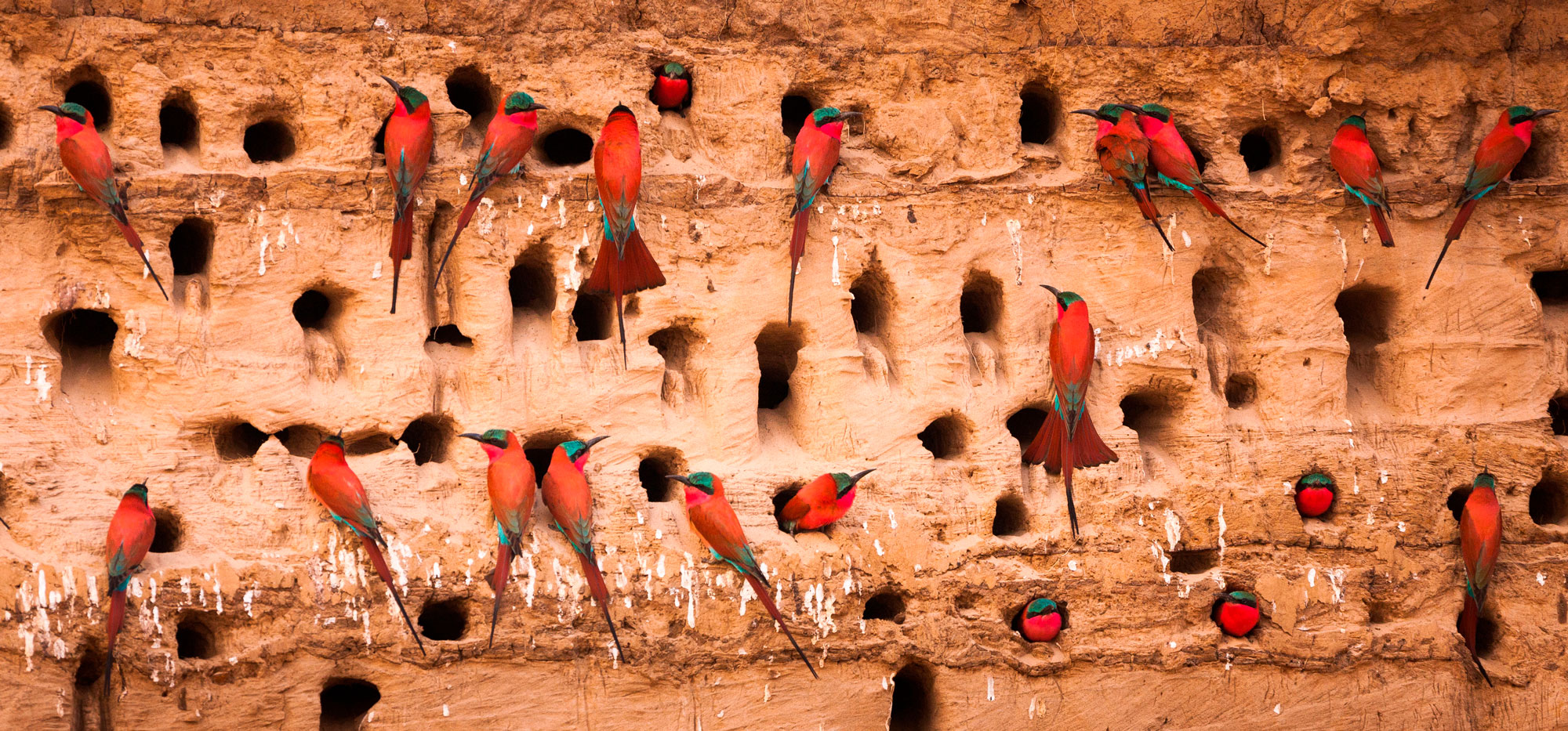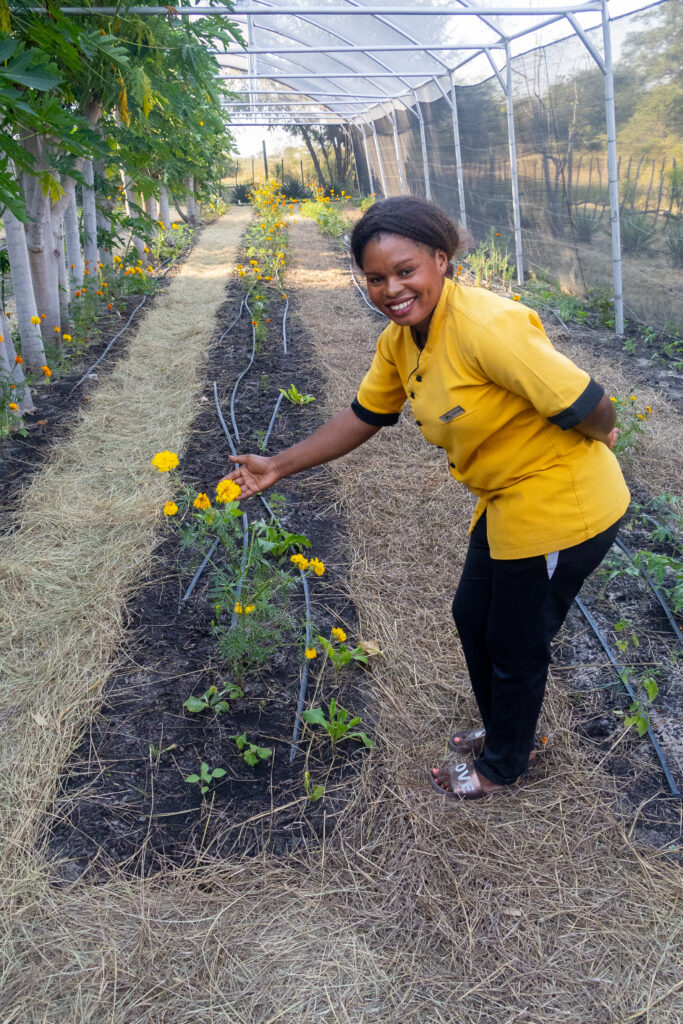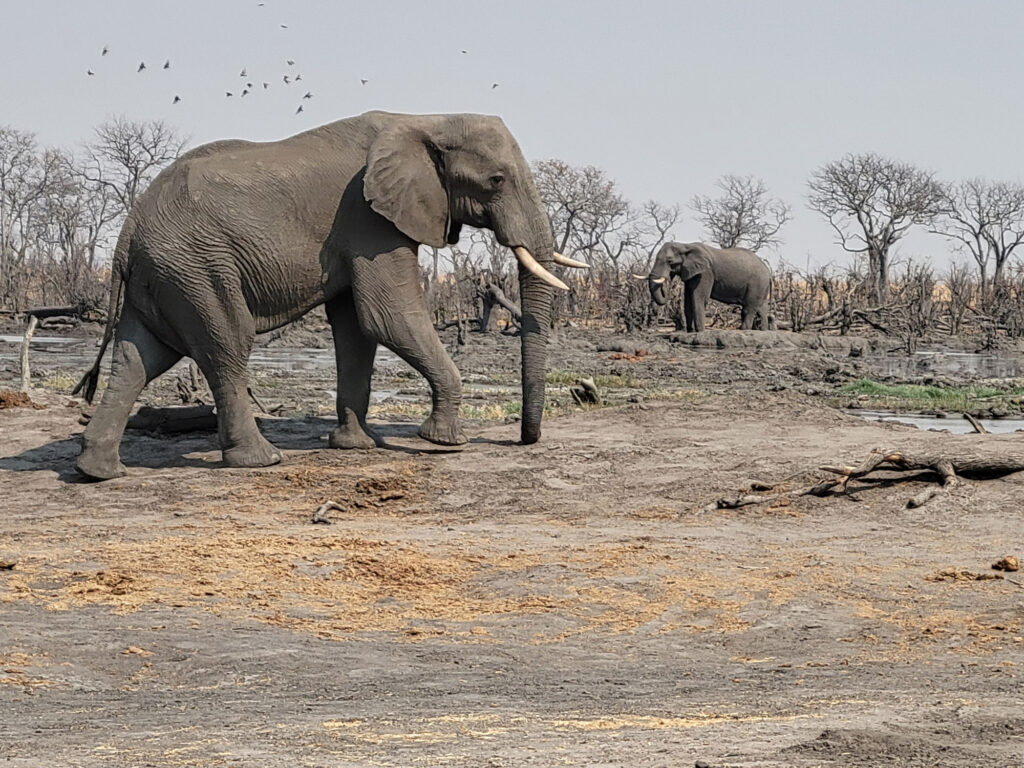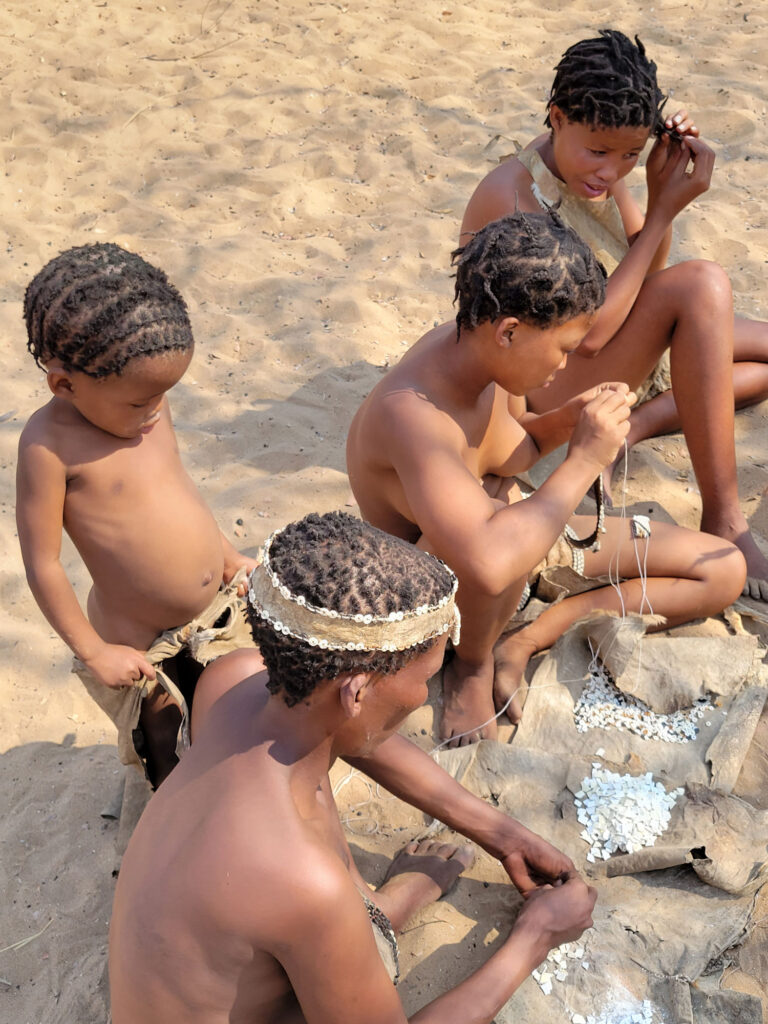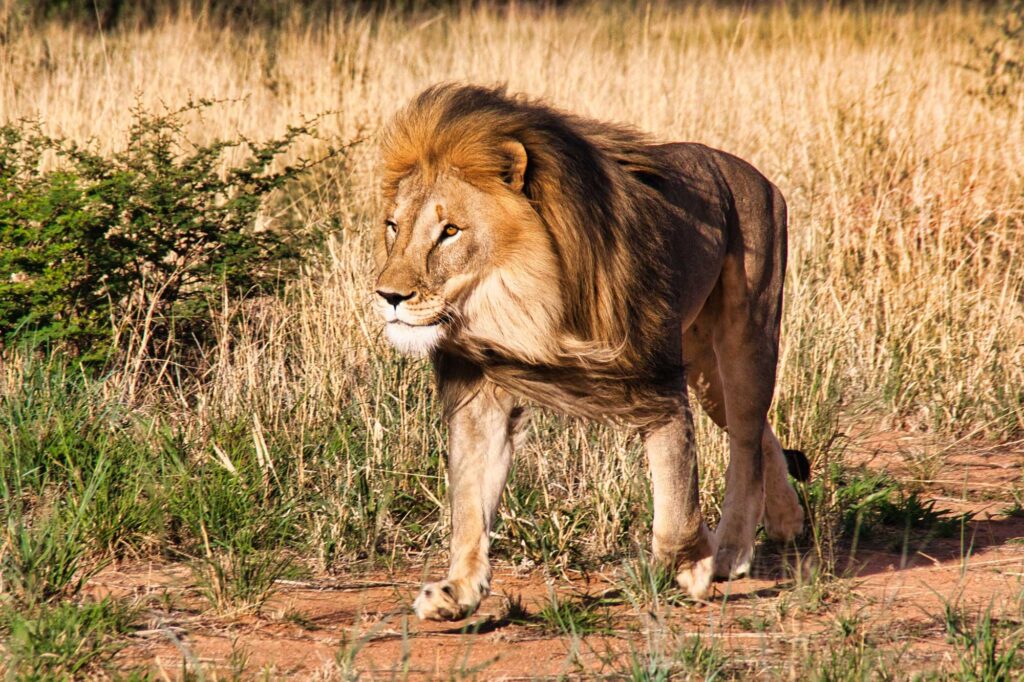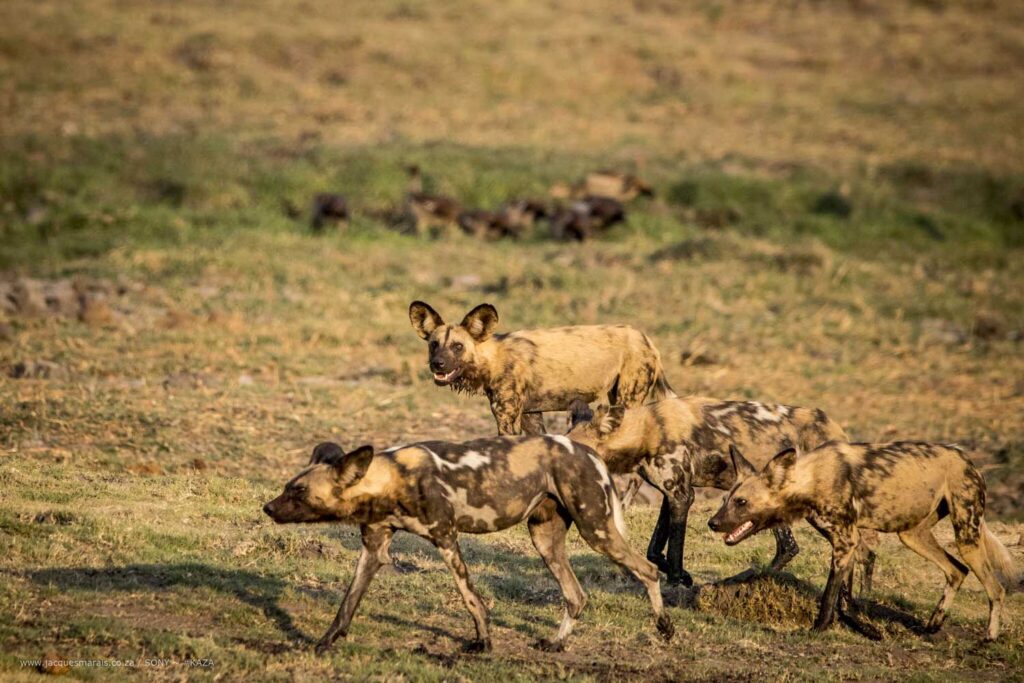In the heart of the Kavango Zambezi lies Divundu, a region in Namibia that boasts a remarkable natural spectacle—the breeding grounds of the stunning carmine bee-eaters. These vibrant birds, with their striking plumage and captivating behaviours, have turned Divundu into a sanctuary for bird enthusiasts and nature lovers alike.
Divundu’s unique landscape, characterized by the meandering Okavango River and the lush floodplains, provides an ideal habitat for carmine bee-eaters. The area’s combination of water, vegetation, and an abundance of insect life creates the perfect environment for these colourful birds to thrive.
The carmine bee-eater breeding season typically takes place during the dry months, from August to November, when the water levels in the Okavango River recede, exposing the sandy riverbanks. This period is crucial for the birds as they prepare to mate, nest, and raise their offspring.
Carmine bee-eaters are known for their elaborate courtship rituals, a mesmerizing dance of vibrant colours and synchronized movements. During this time, males display their vivid plumage and perform acrobatic aerial displays to attract females. Once a pair has formed, they engage in mutual grooming, strengthening their bond before the nesting process begins.
The sandy riverbanks of Divundu become a canvas of holes as carmine bee-eaters excavate nesting burrows in the soft soil. These burrows can reach lengths of several feet and are used to protect the eggs and chicks from predators. The birds often return to the same nesting sites year after year, contributing to the formation of large colonies.
After the burrows are excavated, the female carmine bee-eater lays a clutch of eggs, usually ranging from two to five. Both parents take turns incubating the eggs, ensuring a constant presence at the nest to guard against potential threats. The incubation period lasts for about 20 days, after which the chicks hatch, revealing their downy white feathers.
Once the chicks hatch, both parents play an active role in feeding and caring for their offspring. Carmine bee-eaters are skilled hunters, capturing insects in mid-air with remarkable precision. The parents regurgitate the captured prey into the gaping mouths of the hungry chicks, fostering their growth until they are ready to fledge.
The breeding grounds of carmine bee-eaters in Divundu are not only a marvel of nature but also a vital component of the region’s biodiversity. Conservation efforts are crucial to preserve this unique habitat and ensure the continued existence of these stunning birds. Local and international organizations work together to raise awareness, conduct research, and implement measures to protect the carmine bee-eater colonies and their surroundings.
The breeding of carmine bee-eaters in Divundu, Namibia, is a captivating display of nature’s wonders. The vibrant plumage, intricate courtship rituals, and dedicated parental care contribute to the allure of these remarkable birds. As efforts to conserve their habitat continue, Divundu remains a haven for those who seek to witness the extraordinary spectacle of carmine bee-eaters thriving in their natural environment.
Please note that Divundu is not the only region within Kavango Zambezi where the carmine bee-eaters breed.

